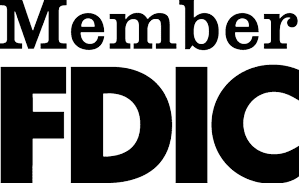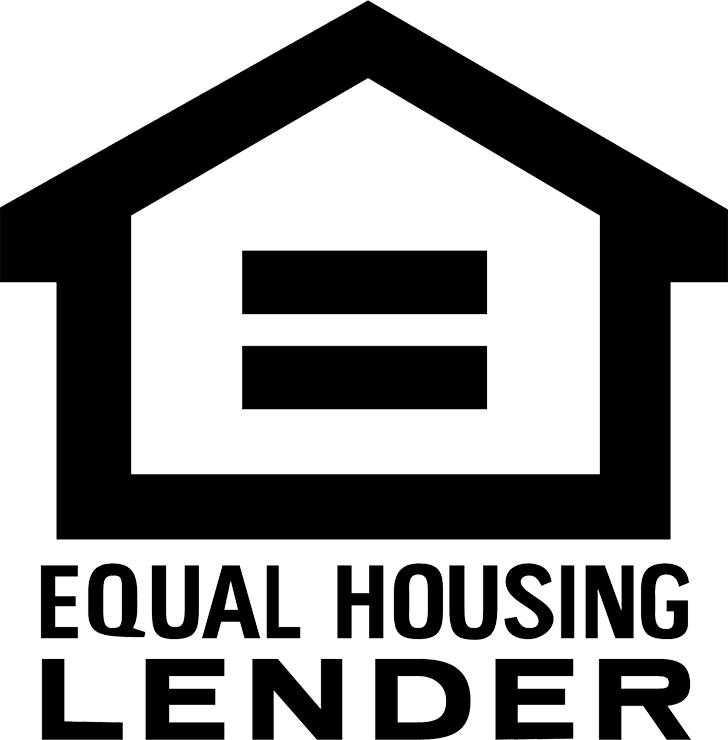Making Sense of Increasing Interest Rates
Five and counting! That’s how many times the Federal Reserve has raised its rate since March 2022. That’s the most increases in one calendar year since 2005. As of Sept. 21, the federal funds rate stands at 3.25%. And experts predict the increases are not over.

What is Causing Interest Rates to Increase?
With inflation at a 40-year high, the Fed is using rate hikes to slow the economy. Here’s the thinking: By making it more expensive to borrow, demand decreases. When demand decreases, prices fall. When prices fall, we have lower inflation.
“Unfortunately, the Fed doesn’t have many tools. If all you have is a hammer, everything looks like a nail. So they’re using their hammer and hoping it’s going to work,” said Andrew Murray, Senior Vice President for Capital Markets for Union Savings Bank. “They’re trying to slow the economy down so suppliers have to lower their prices, but that doesn’t come without pain.”
That pain comes in consumer borrowing. When the Fed raises its rate, banks offset that increase by raising rates for consumers. Interest on credit card rates, car loans, and home mortgages, for example, all increase.
But home prices are falling, and for some, the time is exactly right to buy. “If you need to buy a house or your dream home suddenly went on the market, an ARM loan would be a great way to go,” says Murray.

How Can an Adjustable Rate Mortgage Loan Help?
An Adjustable Rate Mortgage (ARM) loan is a mortgage product that adjusts over time based on the market. Murray points out that depending on the ARM, the rate is fixed for one, three, or five years, generally at lower rates for that initial period than a fixed-rate mortgage.
USB’s Vice President Consumer Direct, Sean Bunevich agrees, “Especially right now, with the uncertainty of the market, the best loan is one that yields the lowest rate and the lowest payment—and that is typically an ARM loan.”
According to Bunevich, “Given the uncertainly of the market, if you need to buy a home now, an ARM loan is definitely a good option. Before the first rate adjustment, you can work with your loan officer to potentially refinance to a fixed rate or even a new ARM.”
Many analysts say the Fed rate could go as high as 4.5% in early 2023. Murray says rates could level off or start dropping toward the end of 2023 or early 2024, based on current indicators.
We are a community bank, we’re all about building trust with our customers and making sure they get the best loan possible for their situation,” says Bunevich. “Especially during challenging times, you want to have a lender you can depend on to guide and advise you. That’s what we do best.”
NMLS# 446047


